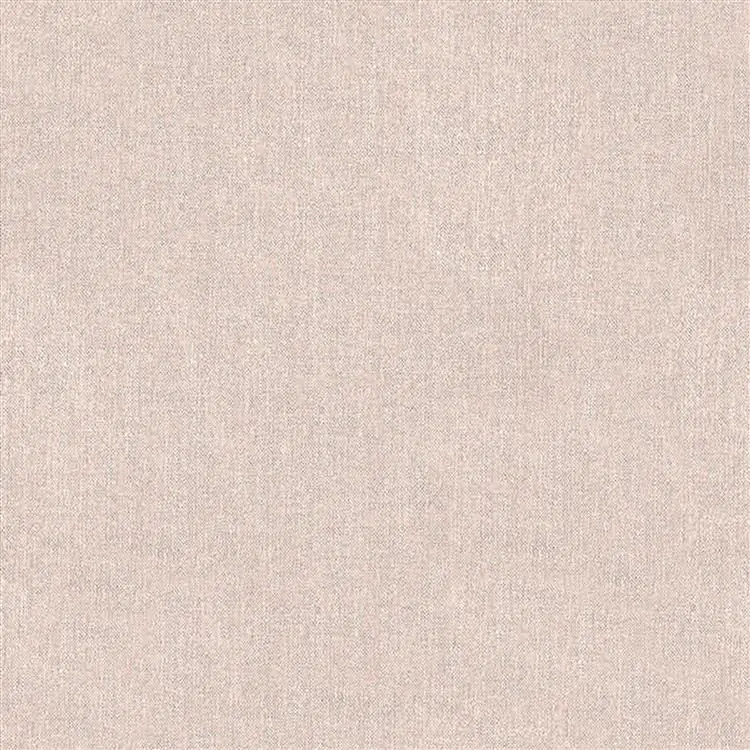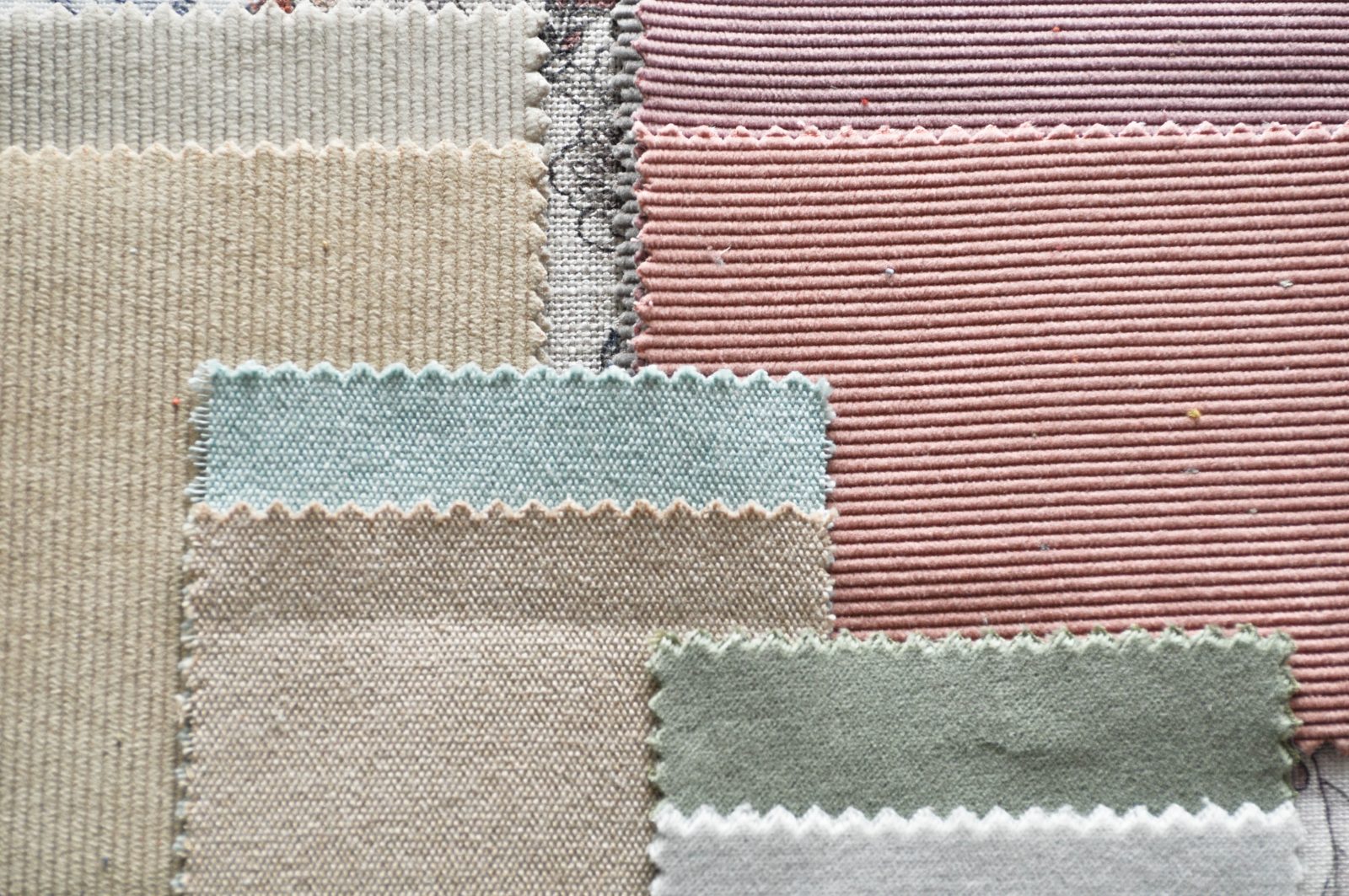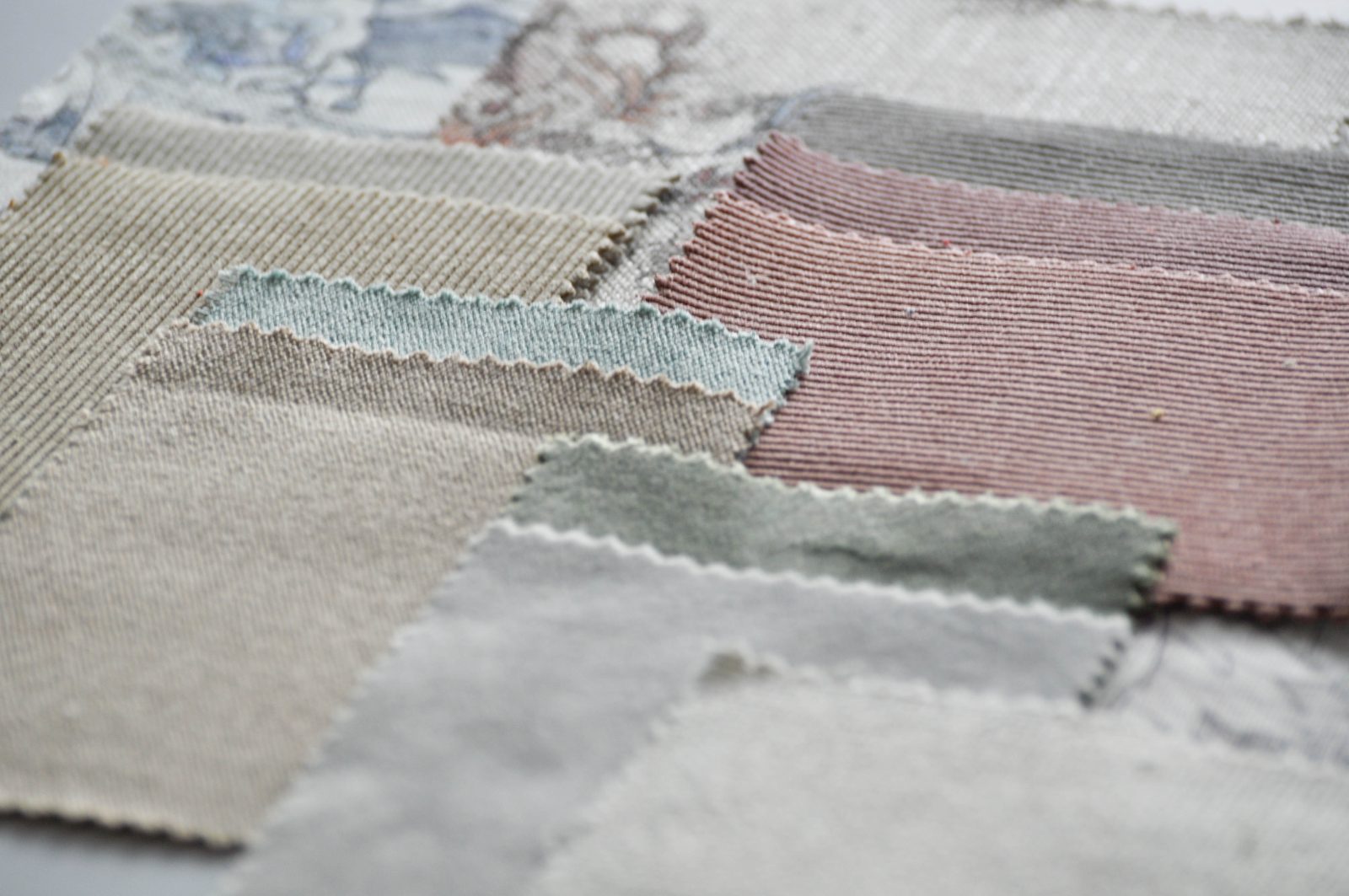

CANVA

The term “mood board” is self-explanatory and perfectly reflects the reason for its creation. A mood board is a visual presentation of a design concept, a form of an inspiration board, where fabrics, materials, colours, textures and shapes are put together to give an image closest to the material truth about the project and evoke the expected mood in the recipient. Fabrics and their combinations are the best material for mood boarding. A fabric mood board is a perfect introduction to any planned change in the interior. You can create it both for your own needs and to visually present the concept to customers or relatives with whom you discuss the idea of designing or refreshing the interior with fabrics. In this way, you have an opportunity to organize your ideas and present them using real objects. By juxtaposing and arranging selected colours and their shades, patterns or textures, you can check if they go well together. Then, try to combine all these elements together, arrange them in a planned way and eliminate what is not suitable and clashes with the rest.
Putting together numerous colours and textures at the same time is not an easy task, and without the sensory cues resulting from how we arrange fabrics close together, keep the planned proportions, distribute colour accents etc., it is not always possible to achieve a perfect result. A mood board combining the boldest, but also the most sublime colour combinations, is the most accurate measure of our success in this difficult design puzzle, but it also illustrates to what extent it still needs to be refined. An even more difficult challenge lies in combining various patterns, checks, and stripes of different widths, with different rhythms or floral patterns presenting different dynamics and colours. Meanwhile, contemporary trends encourage such stylistic solutions. It is an art that requires practice, but a mood board is a great tool to help you hone your composition skills and cope with this difficult task.
What is characteristic about textiles is that they affect us not only with their colours and patterns, but also with their texture, weave of threads, textural chiaroscuro and all the additional effects used in textile design today. Any change in the texture of the fabric, such as a woven chenille thread, corduroy stripes on the surface of the velour, twisted thread in a boucle weave, shiny metallic admixtures in polyester blends and many, many more, affects the final colour and quality of the fabric. Therefore, without juxtaposing pieces of different fabrics, it is impossible to predict whether they will bring harmony, forming a chic and harmonious whole.
When looking for plain, monochromatic coordinates for patterned fabrics, you can use a wide range of pattern books that offer dozens of shades – sometimes differing only in nuances and halftones. This is an extremely interesting opportunity to create sophisticated combinations, but it can also be a daunting task, especially when it comes to assessing the final effect. In such cases, a mood board – that is, a combination of fabric patches presenting even the smallest, tonal differences in hues – will be an invaluable help. Creating such a mood board as part of a planned project including various interior design elements makes it possible to predict and illustrate such details as welt in a shade or two lighter than the cushion it is going to trim, or an inset in a drape or curtain in a colour literally taken from the floral pattern that adorns it.
The fun of creating fabric combinations in mood board design has no limits. It allows you to let your imagination run wild, while maintaining full control of the final effects. In this sense, fabric provides endless possibilities to plan individual and highly diversified designs of various interiors. The mood board tool also allows you to juxtapose fabric nuances with all other elements and materials that will accompany it in its immediate or further vicinity. You can verify and feel quite tangibly, whether it goes well with the haberdashery or the sheen of the curtain rod. You can also see to what extent it matches the floor, the shade of the furniture veneer or the colour of the walls, and even assess the role played by light and chiaroscuro. More and more manufacturers provide samples of their interior design products: from floorboards to paints and varnishes.
Dekoma also offers a full range of fabric samples that can be ordered online and combined with other materials to let you experiment as much as you want before making a final purchase decision.
